If you've ever experienced sudden low water pressure in your bathroom sink, you know how frustrating it can be. One minute, you're washing your hands or brushing your teeth, and the next, the water is barely trickling out. Not only is it annoying, but it can also disrupt your daily routine. But what exactly causes this sudden drop in water pressure? Here are some possible reasons: Clogged aerator: The aerator is a small piece located at the end of your faucet that helps control the flow of water. Over time, it can become clogged with mineral deposits, debris, or sediment, which can restrict water flow and cause low pressure. Water main break: A break in the main water line can cause a sudden drop in pressure throughout your entire home, including your bathroom sink. This is usually a more severe issue that requires immediate attention from a professional plumber. Leaking pipes: If you have a leak in your water pipes, it can reduce the water pressure in your bathroom sink. This is especially common in older homes with galvanized pipes that are prone to corrosion and leaks. Valve issues: The shut-off valves under your sink control the flow of water to your fixtures. If they are partially closed or malfunctioning, it can result in low water pressure. Municipal water supply issues: Sometimes, the problem may not be within your home but with the municipal water supply. Issues such as main breaks, maintenance, or water rationing can all cause low water pressure in your bathroom sink.Possible Causes of Sudden Low Water Pressure in Bathroom Sink
Dealing with low water pressure in your bathroom sink can be frustrating, but fortunately, there are some simple solutions you can try before calling a professional. Clean the aerator: If the aerator is clogged, you can clean it by unscrewing it from the faucet and soaking it in a mixture of equal parts water and vinegar. This will help dissolve any mineral deposits or debris. After soaking, rinse the aerator and screw it back onto the faucet. Check the shut-off valves: Make sure the shut-off valves under your sink are fully opened. If they are partially closed, it can restrict water flow. If they are fully opened and still causing issues, you may need to replace them. Inspect for leaks: Check for any visible leaks in your water pipes or under the sink. If you find a leak, it's best to call a professional plumber to fix it. Call your water company: If you suspect the low water pressure is due to an issue with the municipal water supply, call your water company to inquire about any known problems or maintenance in your area.How to Fix Sudden Low Water Pressure in Bathroom Sink
If the above solutions don't fix the problem, there may be a more significant issue causing the low water pressure. Here are some troubleshooting steps you can take: Check other fixtures: Test the water pressure in other faucets and fixtures in your home. If the low pressure is only isolated to your bathroom sink, it's likely an issue with the sink itself. Inspect the pressure regulator: Your home may have a pressure regulator that helps maintain consistent water pressure. If it's not functioning correctly, it can cause low water pressure. You may need to call a professional to replace it. Call a professional: If you've exhausted all troubleshooting steps and still have low water pressure, it's best to call a professional plumber. They can accurately diagnose the issue and provide a solution.Troubleshooting Sudden Low Water Pressure in Bathroom Sink
Sudden low water pressure in your bathroom sink can be caused by a variety of factors, but some are more common than others. Here are some of the most common reasons for this frustrating issue: Clogged aerator Leaking pipes Water main break Valve issues Municipal water supply issuesCommon Reasons for Sudden Low Water Pressure in Bathroom Sink
If you're handy and want to try fixing the low water pressure in your bathroom sink yourself, here are some DIY solutions you can try: Clean the aerator Check the shut-off valves Inspect for leaks Adjust the pressure regulator Replace the shut-off valvesDIY Solutions for Sudden Low Water Pressure in Bathroom Sink
If you're not comfortable attempting to fix the low water pressure in your bathroom sink yourself, it's best to call a professional plumber. They have the knowledge and tools to accurately diagnose and fix the issue. Expert diagnosis: A professional plumber can accurately diagnose the cause of the low water pressure and provide a solution. Proper equipment: Plumbers have specialized tools and equipment to address various plumbing issues, including low water pressure. Save time and money: Attempting DIY solutions can sometimes make the problem worse and end up costing you more in the long run. Hiring a professional can save you time, money, and frustration.Professional Help for Sudden Low Water Pressure in Bathroom Sink
While some causes of low water pressure are out of your control, there are some preventative measures you can take to minimize the chances of it happening in the future: Regular maintenance: Have a professional plumber inspect your plumbing system regularly to catch any potential issues before they become bigger problems. Keep pipes clean: Avoid pouring grease, oil, and other debris down your drains to prevent clogs and buildup in your pipes. Replace old pipes: If you have an older home with galvanized pipes, consider replacing them with newer, more durable materials to prevent leaks and corrosion. Install a pressure regulator: A pressure regulator can help maintain consistent water pressure throughout your home, preventing sudden drops in pressure.Preventing Sudden Low Water Pressure in Bathroom Sink
Aside from the obvious sign of a weak stream of water, there are other signs that can indicate sudden low water pressure in your bathroom sink: Noise from pipes: If you hear banging or clanking noises from your pipes when using your bathroom sink, it could be a sign of low water pressure. Inconsistent water flow: If the water flow in your bathroom sink is inconsistent, going from weak to strong, it could be a sign of low water pressure. Difficulty flushing toilets: If you notice that your toilet is not flushing as efficiently as it used to, it could be due to low water pressure.Signs of Sudden Low Water Pressure in Bathroom Sink
Sudden low water pressure in your bathroom sink can be caused by a variety of factors, but it's essential to address it promptly. Ignoring low water pressure can lead to more significant issues down the road, such as leaks and burst pipes. By understanding the potential causes and taking preventative measures, you can avoid this frustrating problem in the future.Understanding Sudden Low Water Pressure in Bathroom Sink
Low water pressure in your bathroom sink can be a nuisance, but luckily, it's often a straightforward issue to fix. By understanding the common causes and trying some DIY solutions, you can often resolve the problem on your own. If all else fails, don't hesitate to call a professional plumber for expert help.Causes and Solutions for Sudden Low Water Pressure in Bathroom Sink
The Importance of Proper Water Pressure in Your Bathroom Sink

Don't Ignore Sudden Low Water Pressure
 When it comes to house design, functionality is just as important as aesthetics. And one of the most important functions of a house is its plumbing system. We rely on our plumbing to provide us with clean water for drinking, cooking, and bathing. However, when there is a sudden low water pressure in our bathroom sink, it can disrupt our daily routine and cause frustration.
The main
keyword
in this article is
sudden low water pressure in bathroom sink
. This is a common issue that many homeowners face and it can be caused by a variety of factors. The first step to solving this problem is to understand the potential causes.
When it comes to house design, functionality is just as important as aesthetics. And one of the most important functions of a house is its plumbing system. We rely on our plumbing to provide us with clean water for drinking, cooking, and bathing. However, when there is a sudden low water pressure in our bathroom sink, it can disrupt our daily routine and cause frustration.
The main
keyword
in this article is
sudden low water pressure in bathroom sink
. This is a common issue that many homeowners face and it can be caused by a variety of factors. The first step to solving this problem is to understand the potential causes.
The Potential Causes of Sudden Low Water Pressure
 There are several reasons why you may be experiencing sudden low water pressure in your bathroom sink. One of the most common reasons is a clogged aerator. The aerator is the small mesh screen at the end of your faucet that helps to regulate the flow of water. Over time, mineral deposits and debris can build up in the aerator, restricting the flow of water and causing low water pressure.
Another potential cause of low water pressure is a clogged or damaged pipe. If there is a blockage in your plumbing system, it can disrupt the flow of water and cause low pressure. This can be caused by a buildup of debris, rust, or even tree roots in your pipes.
There are several reasons why you may be experiencing sudden low water pressure in your bathroom sink. One of the most common reasons is a clogged aerator. The aerator is the small mesh screen at the end of your faucet that helps to regulate the flow of water. Over time, mineral deposits and debris can build up in the aerator, restricting the flow of water and causing low water pressure.
Another potential cause of low water pressure is a clogged or damaged pipe. If there is a blockage in your plumbing system, it can disrupt the flow of water and cause low pressure. This can be caused by a buildup of debris, rust, or even tree roots in your pipes.
How to Fix the Problem
 If you are experiencing sudden low water pressure in your bathroom sink, the first thing you should do is check the aerator. If it is clogged, you can clean it by soaking it in vinegar or using a small brush to remove any debris. If the problem persists, you may need to replace the aerator.
If the aerator is not the issue, then it is important to call a professional plumber to inspect your pipes. They will be able to identify the cause of the low water pressure and provide a solution. It is important to address this issue as soon as possible to prevent any further damage to your plumbing system.
In conclusion, sudden low water pressure in your bathroom sink is not a problem that should be ignored. It can be caused by various factors and can disrupt your daily routine. By understanding the potential causes and taking the necessary steps to fix the problem, you can ensure that your plumbing system is functioning properly and your home is a comfortable and functional space.
If you are experiencing sudden low water pressure in your bathroom sink, the first thing you should do is check the aerator. If it is clogged, you can clean it by soaking it in vinegar or using a small brush to remove any debris. If the problem persists, you may need to replace the aerator.
If the aerator is not the issue, then it is important to call a professional plumber to inspect your pipes. They will be able to identify the cause of the low water pressure and provide a solution. It is important to address this issue as soon as possible to prevent any further damage to your plumbing system.
In conclusion, sudden low water pressure in your bathroom sink is not a problem that should be ignored. It can be caused by various factors and can disrupt your daily routine. By understanding the potential causes and taking the necessary steps to fix the problem, you can ensure that your plumbing system is functioning properly and your home is a comfortable and functional space.







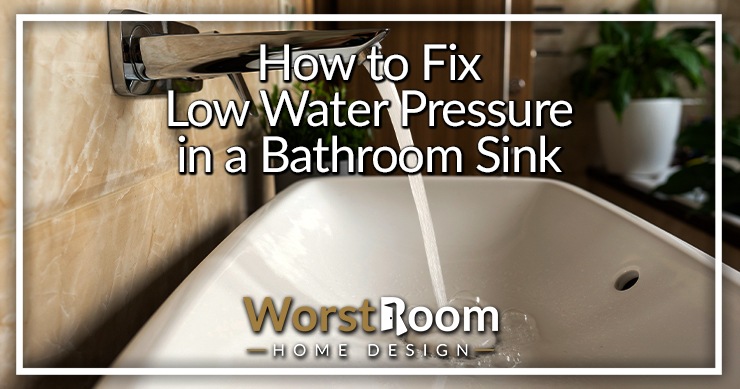



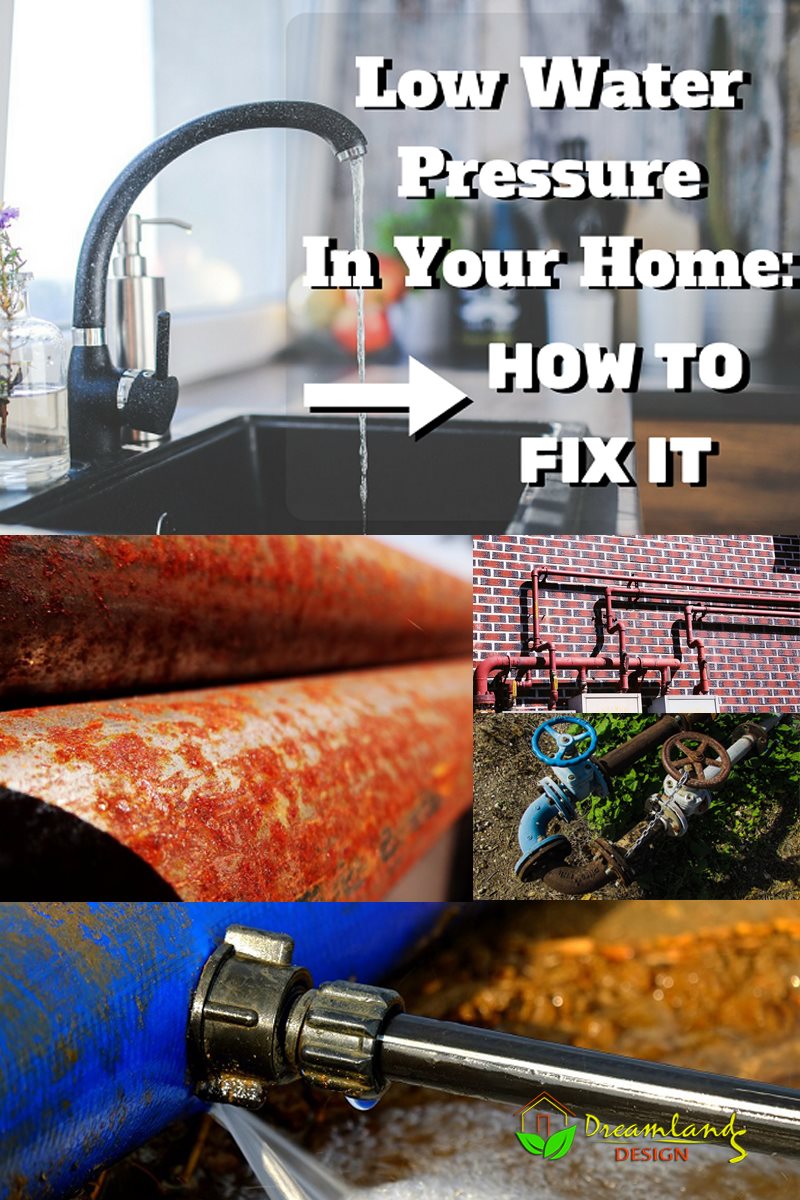

/low-water-pressure-2718732-05-99eb1816e88841c593aeeaaaf330085b.jpg)

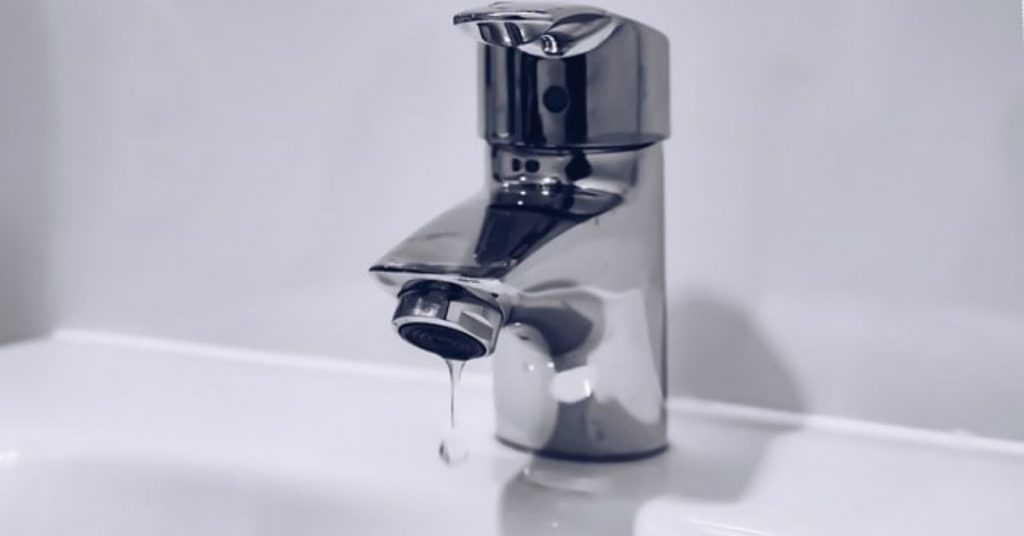
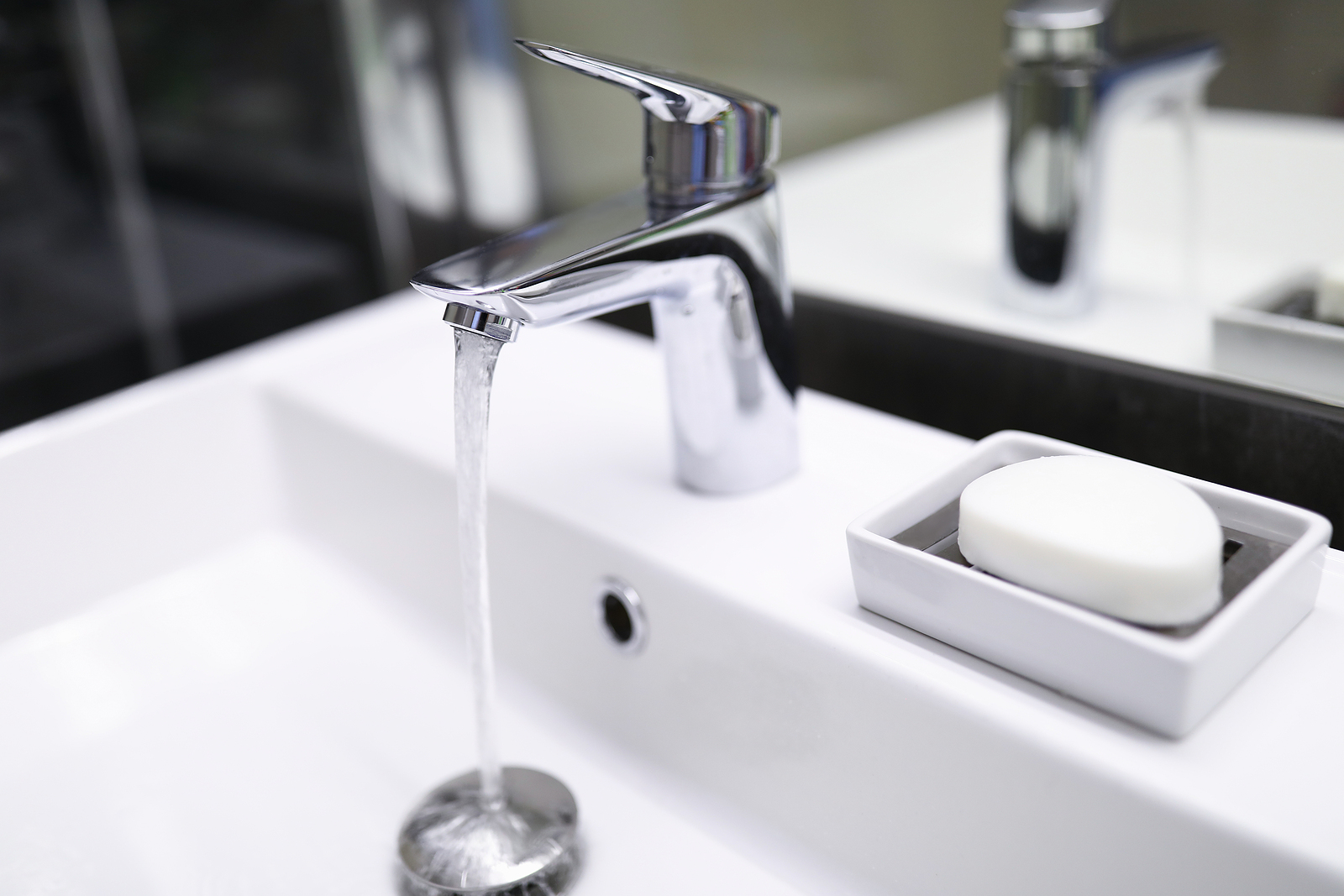

















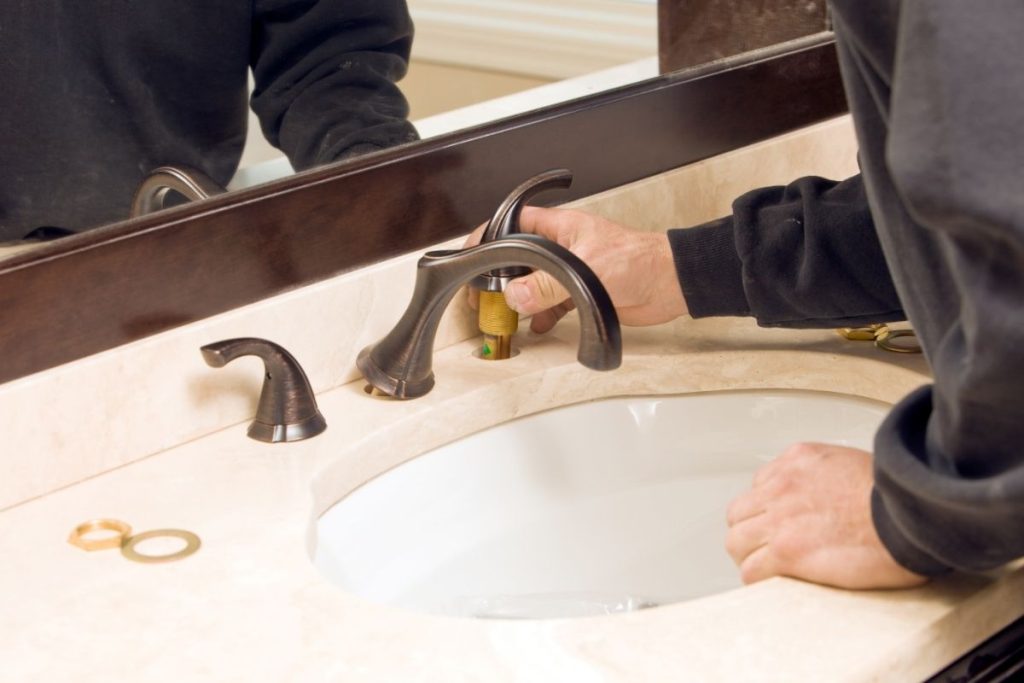
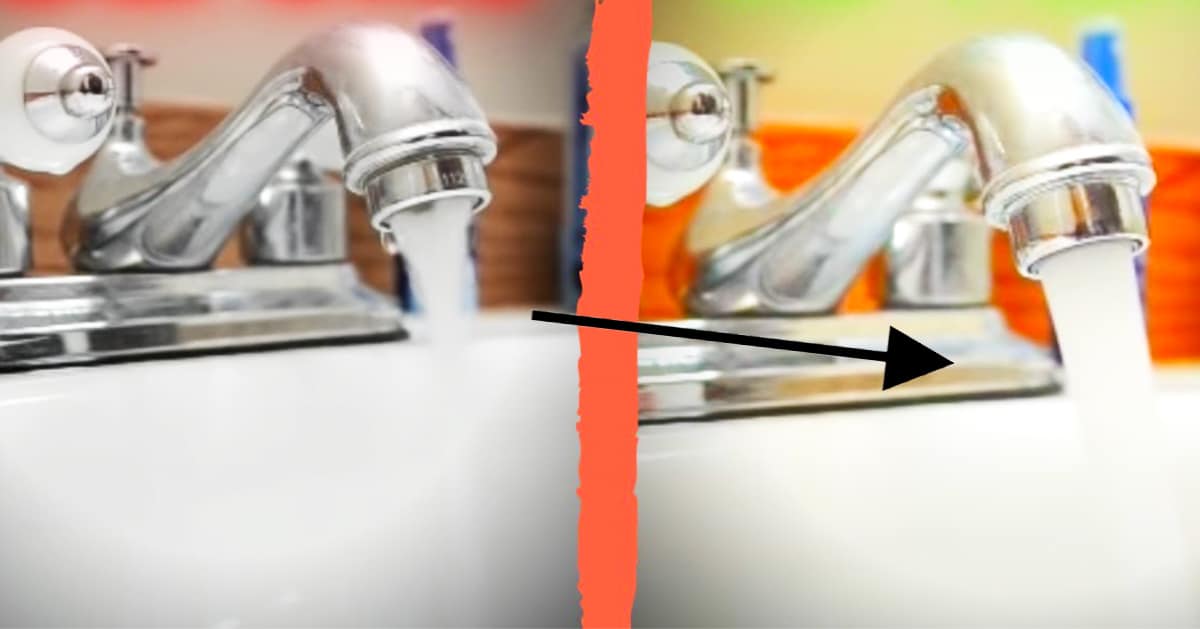

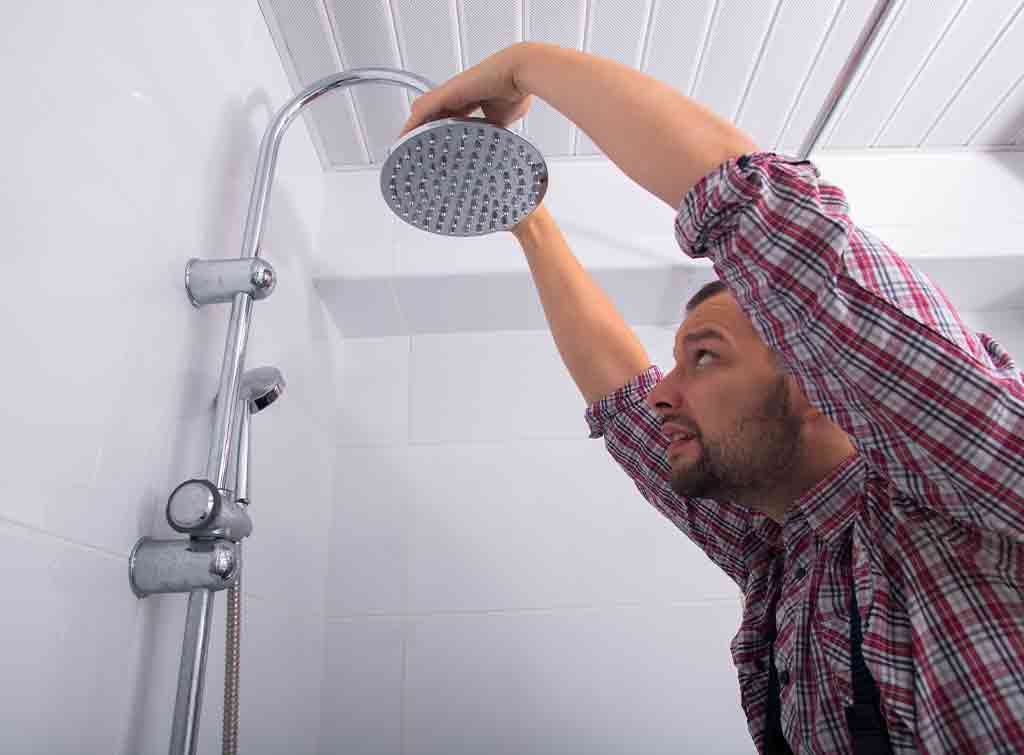
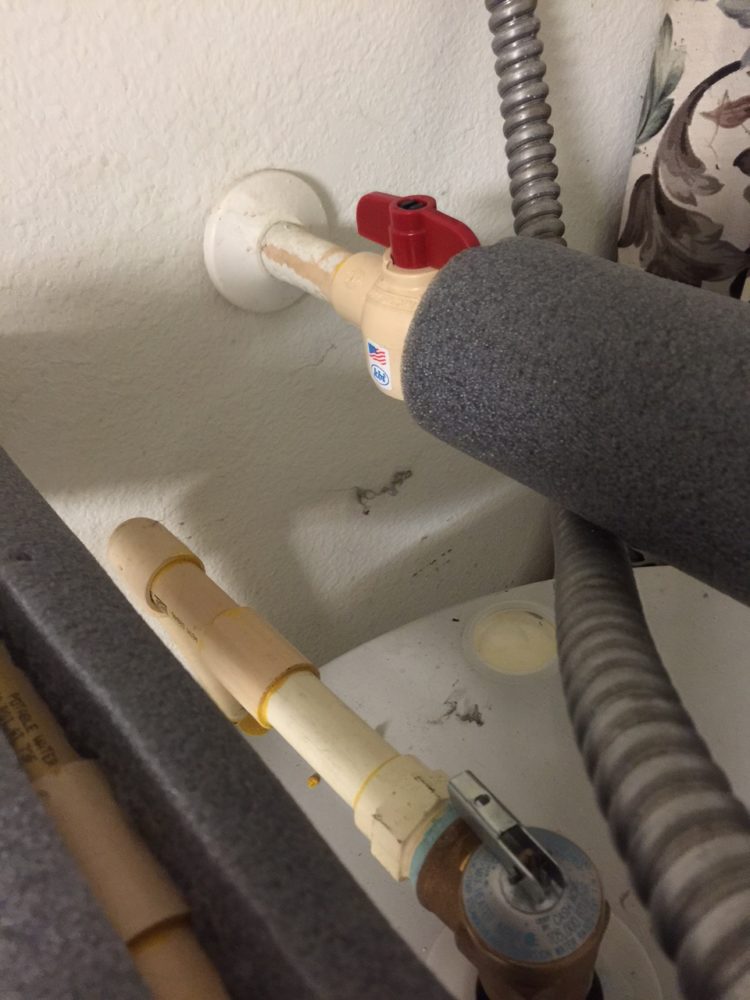


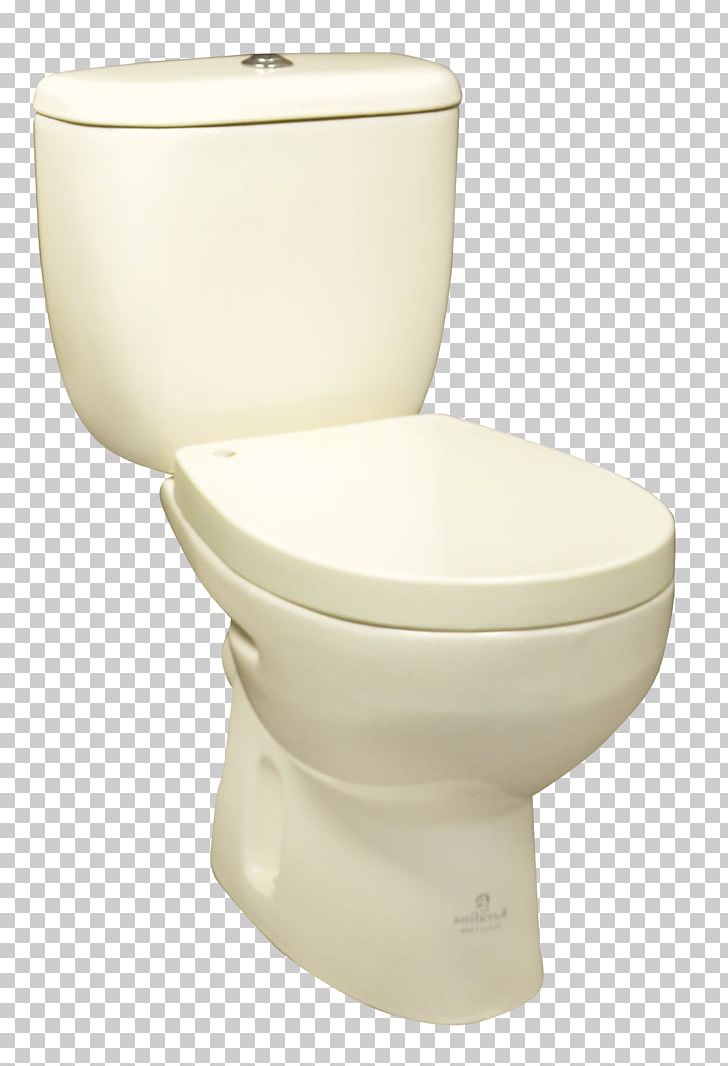



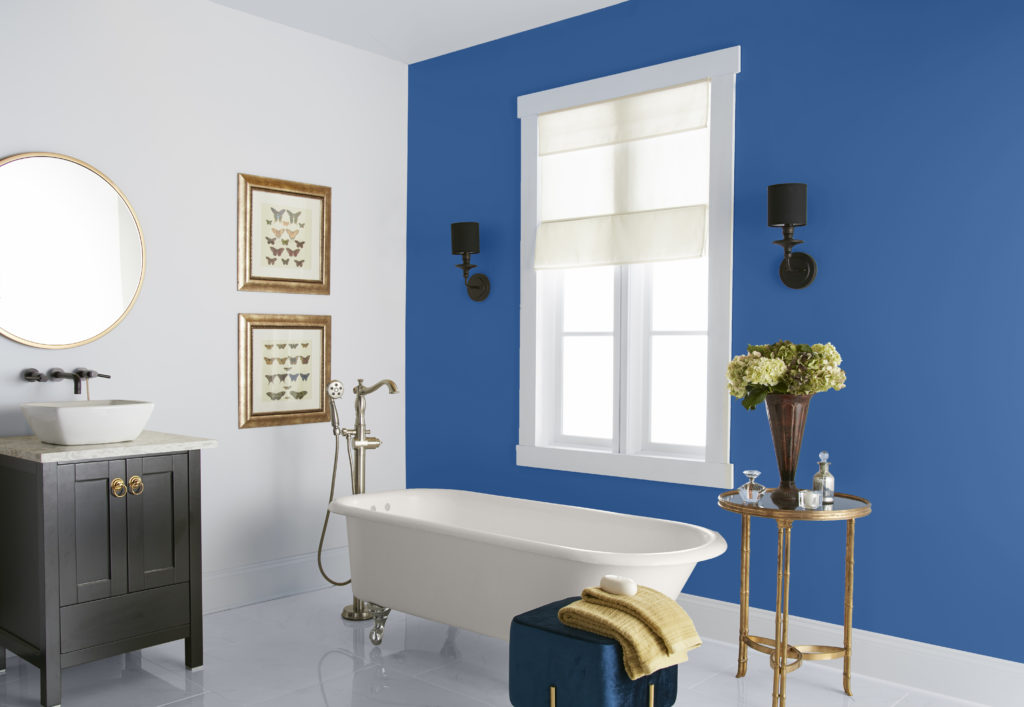
/choose-dining-room-rug-1391112-hero-4206622634654a6287cc0aff928c1fa1.jpg)
/Chandelier_0635-0b1c24a8045f4a2cbdf083d80ef0f658.jpg)


